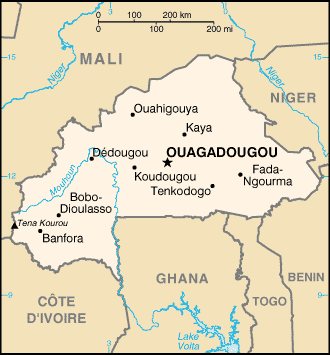By NewsDesk @bactiman63
The World Health Organization (WHO) reports from July 1 to September 25, 2020, a total of 71 cases of febrile and non-febrile jaundice and 10 deaths have been officially recorded by the national authorities.

58 cases were reported in the health district of Barsalogho, in the North Center region of Burkina Faso.
The 10 deaths are reported in pregnant women and postpartum women.
The clinical course of hepatitis E is similar to that of hepatitis A with no chronic form of the disease. Jaundice, fever, loss of appetite and lethargy are common symptoms.
People are infected primarily through the fecal-oral route, usually through contaminated water or food. There have been several cases of hepatitis E infection in France due to eating raw figatellu, which is made with pig liver.
Much like hepatitis A, the fatality rate is low with the exception of pregnant women where it can reach 20% among those infected in the third trimester. Liver failure is a frequent outcome with pregnant women.
Hepatitis E is found endemically in countries that have inadequate environmental sanitation. It is most frequently seen in Asia, Africa, Central America and the Middle East.
According to WHO, every year, there are an estimated 20 million hepatitis E infections worldwide, leading to an estimated 3.3 million symptomatic cases of hepatitis E, and 56,600 hepatitis E-related deaths.
Mauritania reports Rift Valley fever outbreak
Sudan: Chikungunya outbreak prompts ‘State of Emergency’ in West Darfur
Chikungunya outbreak in Chad nears 35,000 cases since August
Rabies: Two additional deaths in KwaZulu-Natal, South Africa

